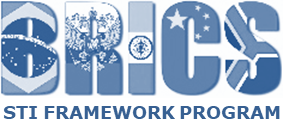Visualizing Water Chains within Microcrystalline COF using Electron Diffraction
Covalent organic frameworks (COFs) are emerging nanoporous crystals by stitching organic building blocks into extended 2D and 3D structures entirely through strong covalent bonds. Featuring the molecular precision and chemical robustness of architecture, COFs are of great interest in water harvesting, desalination, and resource utilization. Atomic-level characterization of the water adsorptive site and their arrangement is highly desired for the understanding and design of COFs targeting to a specific application. A team led by Prof. Yue-Biao Zhang, a member of our BRICS project, and collaborators at ShanghaiTech University has implemented the plunge-freezing and sample cryogenic transfer protocol to determine the crystal structure of the hydrated phase of COF-300 using atomic-level electron diffraction tomography. The arrangement of water in the pore was determined to have a hydrogen-bonding water chains with interaction with the nitrogen atom on the framework. This work showed the possibility of using electron diffraction to study the dynamics of porous materials with only microsized crystal, and it also provide new insight for the design of water harvesting materials. This paper has been published on JACS entitled Atomic-Level Characterization of Dynamics of a 3D Covalent Organic Framework by Cryo-Electron Diffraction Tomography, and it is elected as the Supplementary Cover (Y. Ma* and Y.-B. Zhang*, et al. JACS 2019, 141, 10962).
